In my last blog I talked about antibiotics, antibiotic resistance, why it is such an important issue and therefore why CARAN was important. In this blog I will be talking about what makes the situation worse and what we can all do to reduce antibiotic resistance.
We know that certain things make the situation worse:
- Not using antibiotics correctly – such as not completing the course or sharing antibiotics with others
- Using antibiotics too often or when they are not needed
- Being able to buy antibiotics without a prescription
- Not having standard treatment guidelines for infections for healthcare professionals and vets
- Poor infection prevention and control measures such as not washing hands after using the bathroom or before preparing food.
Individuals can:
- Only use antibiotics when prescribed by a certified health professional.
- Never demand antibiotics if your health worker says you don’t need them.
- Always follow your health worker’s advice when using antibiotics.
- Never share or use leftover antibiotics.
- Prevent infections by regularly washing hands, preparing food hygienically, avoiding close contact with sick people, practising safer sex, and keeping vaccinations up to date.
- Prepare food hygienically, following the WHO Five Keys to Safer Food (keep clean, separate raw and cooked, cook thoroughly, keep food at safe temperatures, use safe water and raw materials) and choose foods that have been produced without the use of antibiotics for growth promotion or disease prevention in healthy animals.
Health professionals can:
- Prevent infections by ensuring their hands, instruments, and environment are clean.
- Only prescribe and dispense antibiotics when they are needed, according to current guidelines.
- Report antibiotic-resistant infections to surveillance teams.
- Talk to patients about how to take antibiotics correctly, antibiotic resistance and the dangers of misuse.
- Talk to patients about preventing infections (for example, vaccination, hand washing, safer sex, and covering nose and mouth when sneezing).
The healthcare industry can:
- Invest in research and development of new antibiotics, vaccines, diagnostics and other tools.
The agriculture sector can:
- Only give antibiotics to animals under veterinary supervision.
- Not use antibiotics for growth promotion or to prevent diseases in healthy animals.
- Vaccinate animals to reduce the need for antibiotics and use alternatives to antibiotics when available.
- Promote and apply good practices at all steps of production and processing of foods from animal and plant sources.
- Improve biosecurity on farms and prevent infections through improved hygiene and animal welfare.
Policy makers can:
- Ensure that a robust national action plan to tackle antibiotic resistance is in place.
- Improve surveillance of antibiotic-resistant infections.
- Strengthen policies, programmes, and the implementation of infection prevention and control measures.
- Regulate and promote the appropriate use and disposal of quality medicines.
- Make information available on the impact of antibiotic resistance.
The World Health Organisation has developed a ‘Global Action Plan on Antimicrobial Resistance’. Its aim is to ensure prevention and treatment of infectious diseases with safe and effective medicines. This is very important in a country like Nepal where we have both overuse and underuse of antibiotics. For example, it can be difficult for people living in remote mountainous areas to get access to antibiotics when they need them whereas in the capital (Kathmandu), you can buy antibiotics from a pharmacy without a prescription.
This Global Action Plans has 5 strategic objectives:
- To improve awareness and understanding of antimicrobial resistance.
- To strengthen monitoring and research.
- To reduce infections.
- To optimize the use of antimicrobial medicines.
- To ensure sustainable investment in tackling antimicrobial resistance.
There are a number of initiatives to try and address this including:
- World Antibiotic Awareness Week – held every November
- The Global Antimicrobial Resistance Surveillance System (GLASS) that collects, analyses and shares data on antibiotic resistance to inform decisions and actions
- Global Antibiotic Research and Development Partnership (GARDP) that encourages research and development including developing new antibiotic drugs
- Interagency Coordination Group on Antimicrobial Resistance (IACG) to improve coordination between organisations and make sure global action is taken.
Thus, we can all do something to help tackle antibiotic resistance where we are a member of the public, a health care professional or a policy-maker. We can also support the global work that the World Health Organisation is doing. Bacteria do not respect international borders and we all have to work together to start tackling antibiotic resistance.
Dr Caroline is Public Health Doctor working with HERD International and University of Leeds
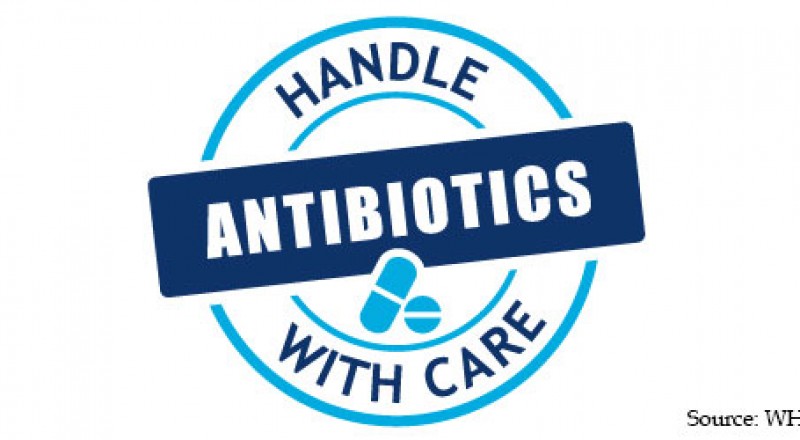
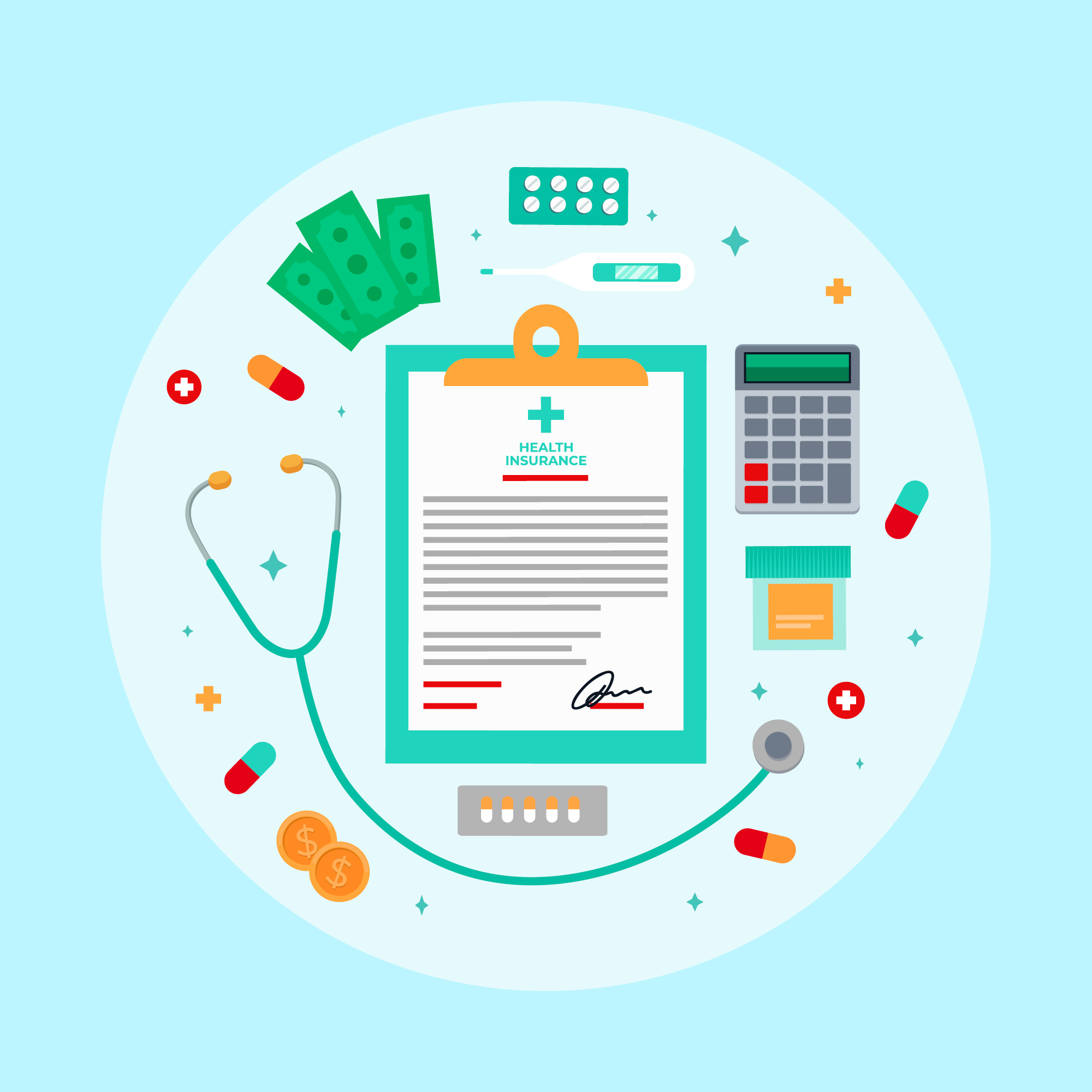
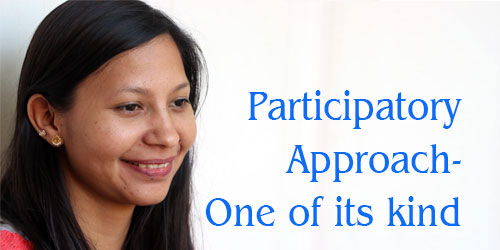
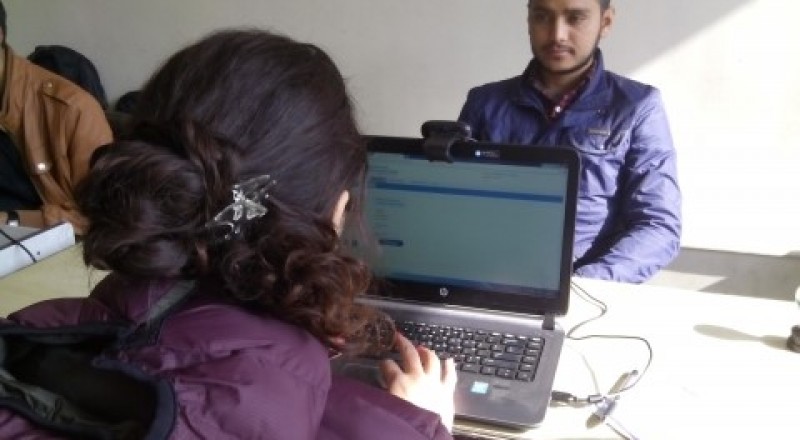
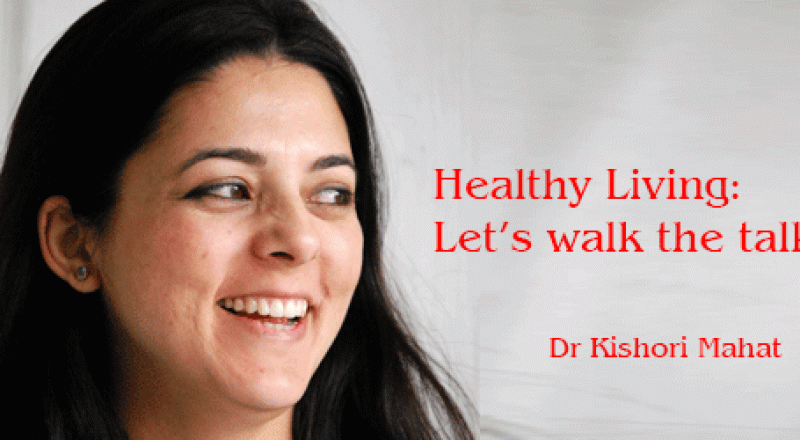
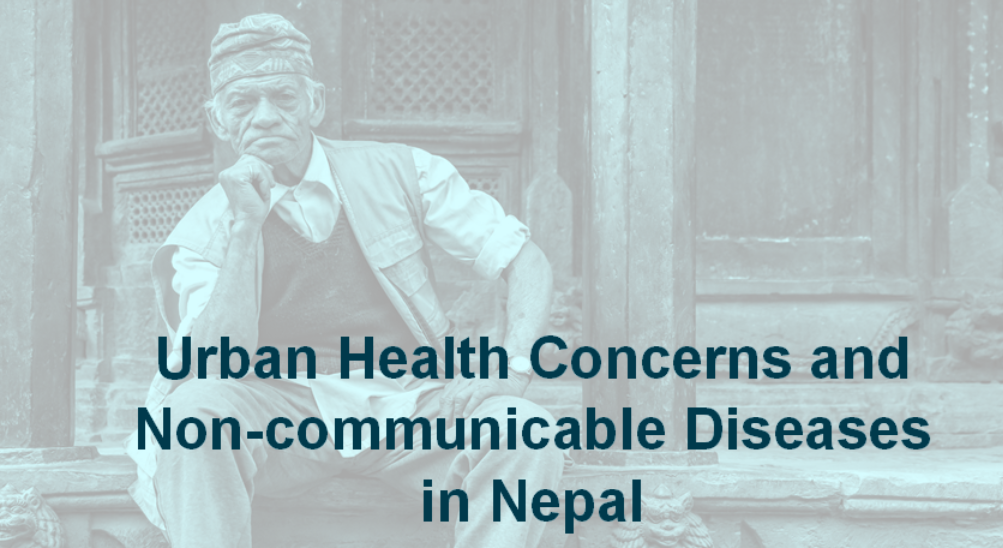
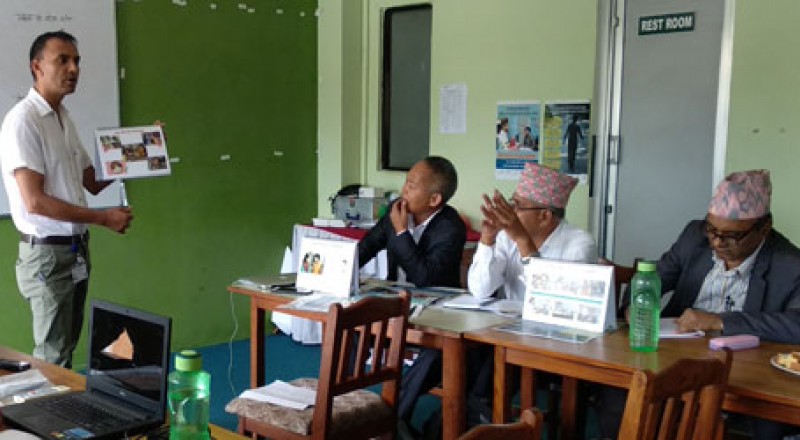

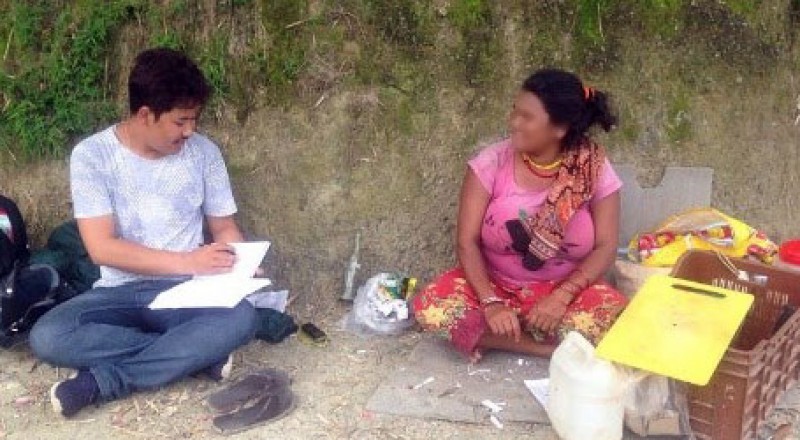
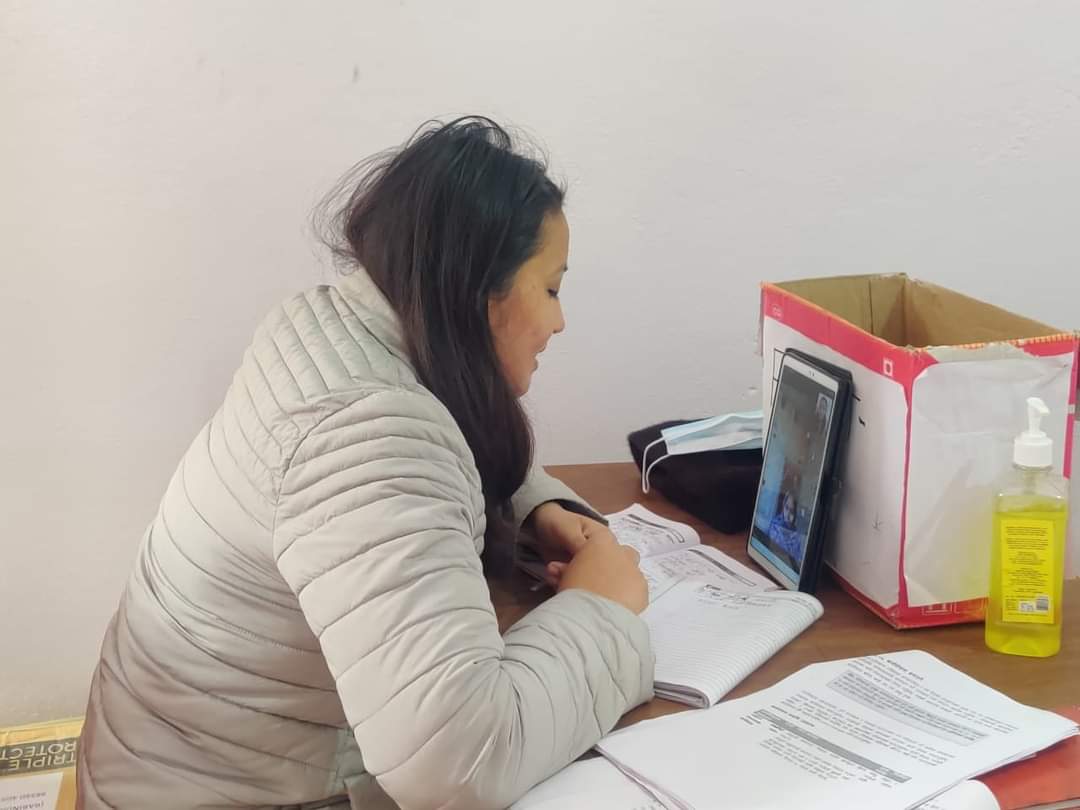
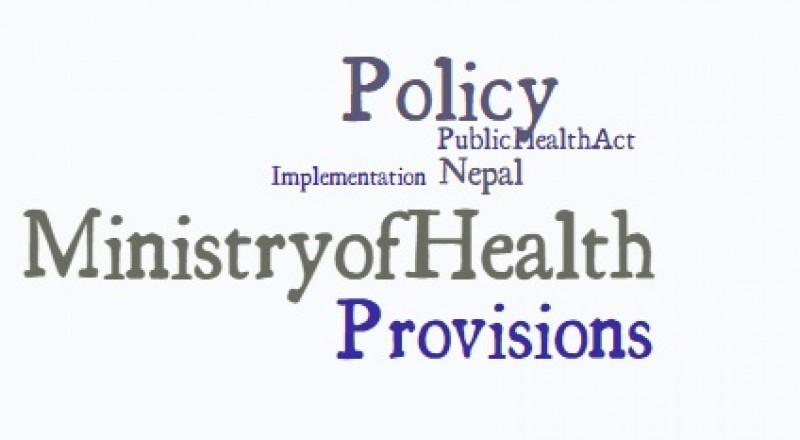
Comments (0)
No comments found.